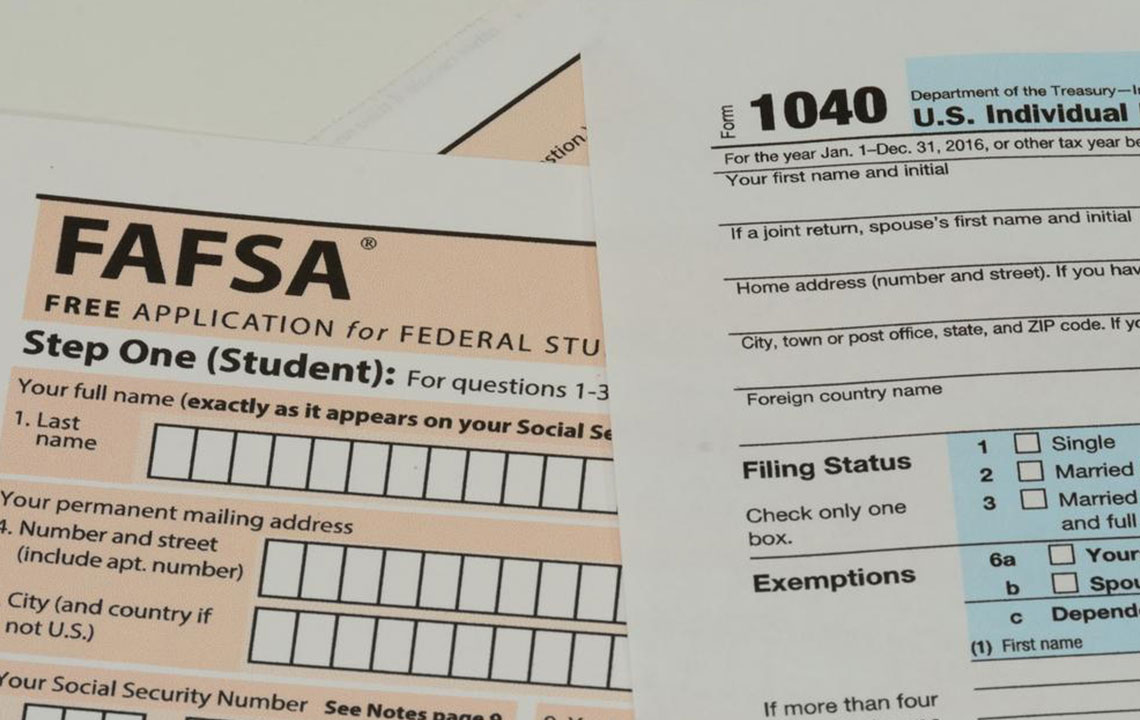Comprehensive Guide to Financial Aid: Unlocking Access Through Need-Based Grants
This comprehensive article explores need-based financial aid programs, including federal grants like Pell Grants and FSEOG, providing critical insights into how low-income students can access higher education. It details application processes, eligibility criteria, and the significance of these grants in reducing college costs and promoting educational equity. Perfect for students and parents seeking to understand financial assistance options, the guide emphasizes the importance of early planning and proactive application to maximize aid opportunities.

Understanding Financial Assistance in the Form of Need-Based Grants
Pursuing higher education at prestigious institutions worldwide often involves navigating significant financial challenges, primarily due to the high tuition fees and associated living expenses. For many students, particularly those from low-income families, the prospect of affording college can seem daunting. However, numerous financial aid options are available to help bridge this financial gap, including scholarships, grants, and other forms of assistance. Among these, need-based grants stand out as a vital resource for students seeking to make their educational dreams attainable without overwhelming debt.
Facing escalating college costs—both tuition and living expenses—can be a source of stress for students and their families. While student loans have traditionally been used to finance education, they come with long-term repayment commitments, which can be burdensome. Alternatively, grants and scholarships offer financial support that does not require repayment, significantly easing the financial burden and enabling students to focus on their studies and personal development. Studies from 2015 to 2016 indicate that grants and scholarships cover approximately 34% of college expenses, underscoring their importance in the landscape of educational financing.
Need-based grants are specifically designed to support students who come from low-income backgrounds or face significant financial hardship. These grants are often provided by the educational institutions themselves, government agencies, or private organizations committed to promoting access to higher education. To qualify for need-based aid, applicants must typically complete the Free Application for Federal Student Aid (FAFSA), a comprehensive form that collects detailed information about the applicant’s income, assets, family size, and other financial details.
The FAFSA assessment helps determine a student’s Expected Family Contribution (EFC), an index that indicates the level of financial support a student’s family is expected to contribute to their education. This figure is then compared to the total cost of attendance (COA) at a specific college or university. If the COA exceeds the EFC by a significant margin, the student becomes eligible for various need-based financial aids, including grants, scholarships, and work-study programs.
Among the most recognized need-based grants are the Pell Grants, a federally funded program managed by the U.S. Department of Education. Pell Grants are awarded primarily based on financial need, with the maximum award in the 2017-2018 academic year reaching $5,920. Eligibility for Pell Grants is mainly targeted at students from families with incomes below $25,000, although students from slightly higher income brackets may also qualify depending on their circumstances. These grants are instrumental in making higher education accessible for economically disadvantaged students, supporting their academic pursuits without the financial stress of repayment.
Another notable need-based aid program is the Federal Supplemental Educational Opportunity Grant (FSEOG). This program is designed to assist undergraduates with exceptional financial need, providing awards ranging from $100 to $4,000 per year. The funding pool for FSEOG is limited and is shared among participating colleges, which also contribute a portion of the funds. The FSEOG, like Pell Grants, aims to help students overcome financial barriers and attend college, thereby fostering educational equity across diverse socioeconomic backgrounds.
In addition to federal programs, many colleges and private organizations offer their own need-based grants and scholarships, further expanding opportunities for low-income students. These grants often consider additional criteria like academic achievement, community involvement, or specific demographic factors. The availability of such financial aid programs has played a critical role in increasing college access and fostering diversity in higher education, allowing students from all walks of life to pursue their academic and career goals.
Understanding and navigating the application processes for these grants can be complex, but resources such as college financial aid offices, online guides, and advising services can assist students in maximizing their eligibility. Early application and thorough documentation are essential to securing these vital funds. Ultimately, need-based grants are powerful tools that help democratize access to higher education, ensuring that financial hardship does not become a barrier to academic and professional success.





